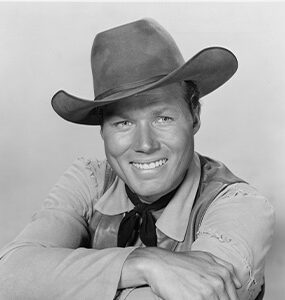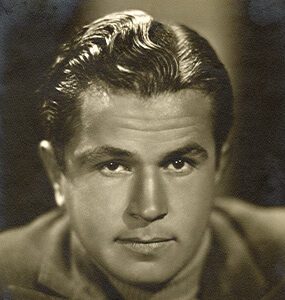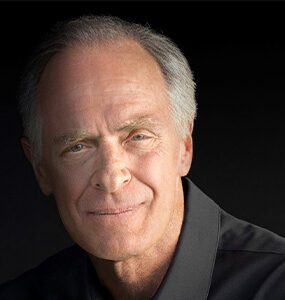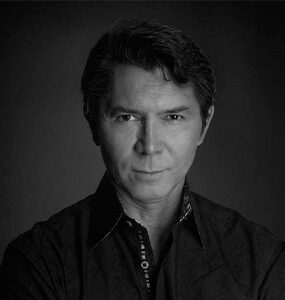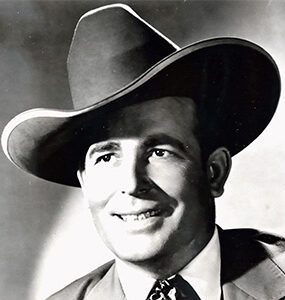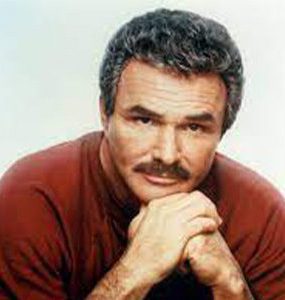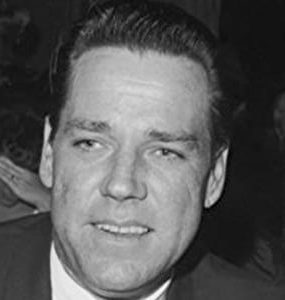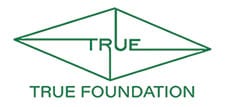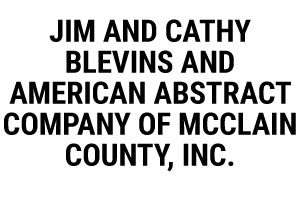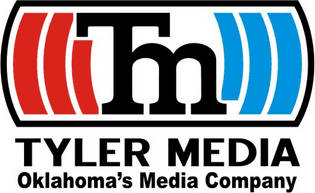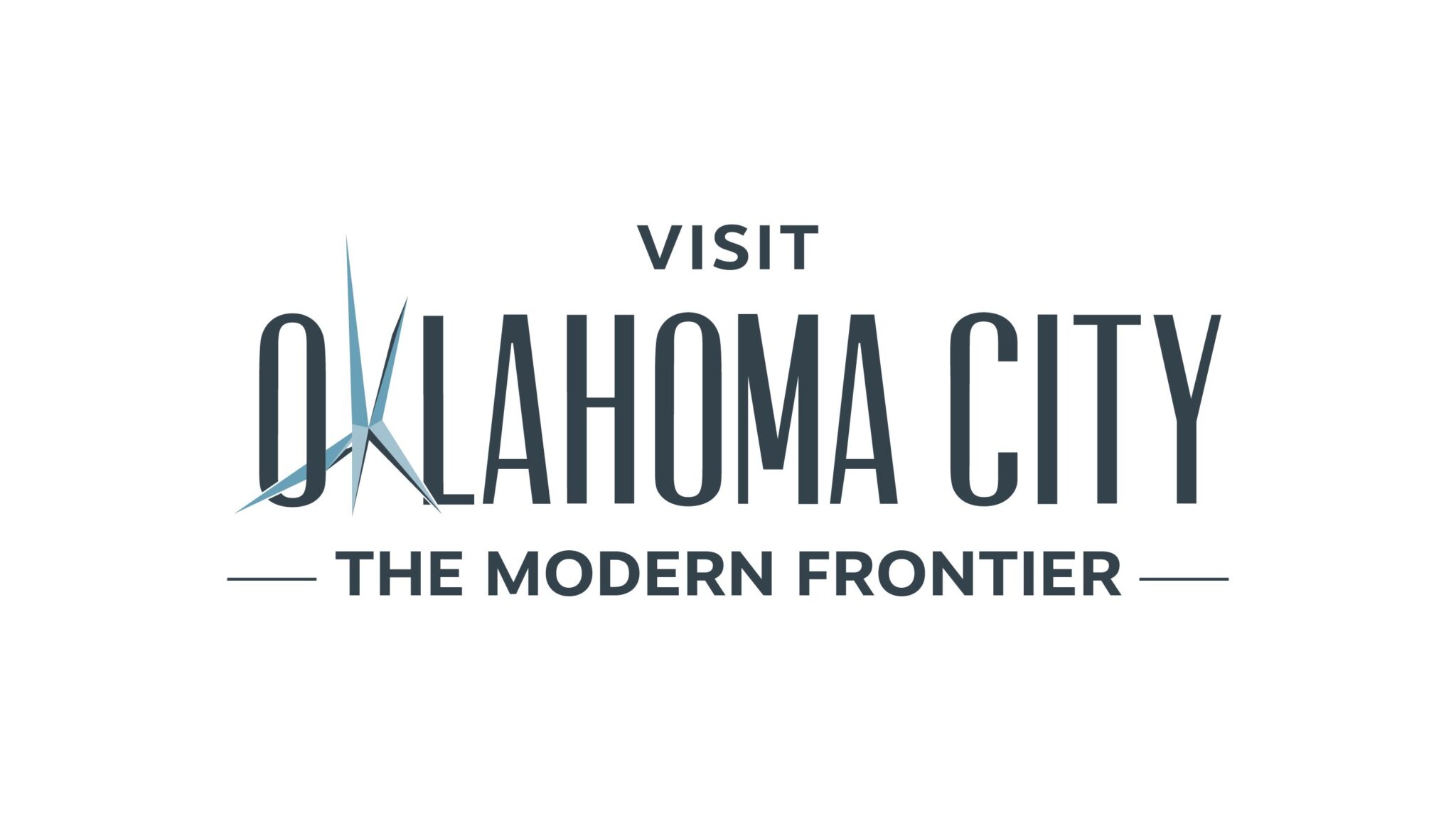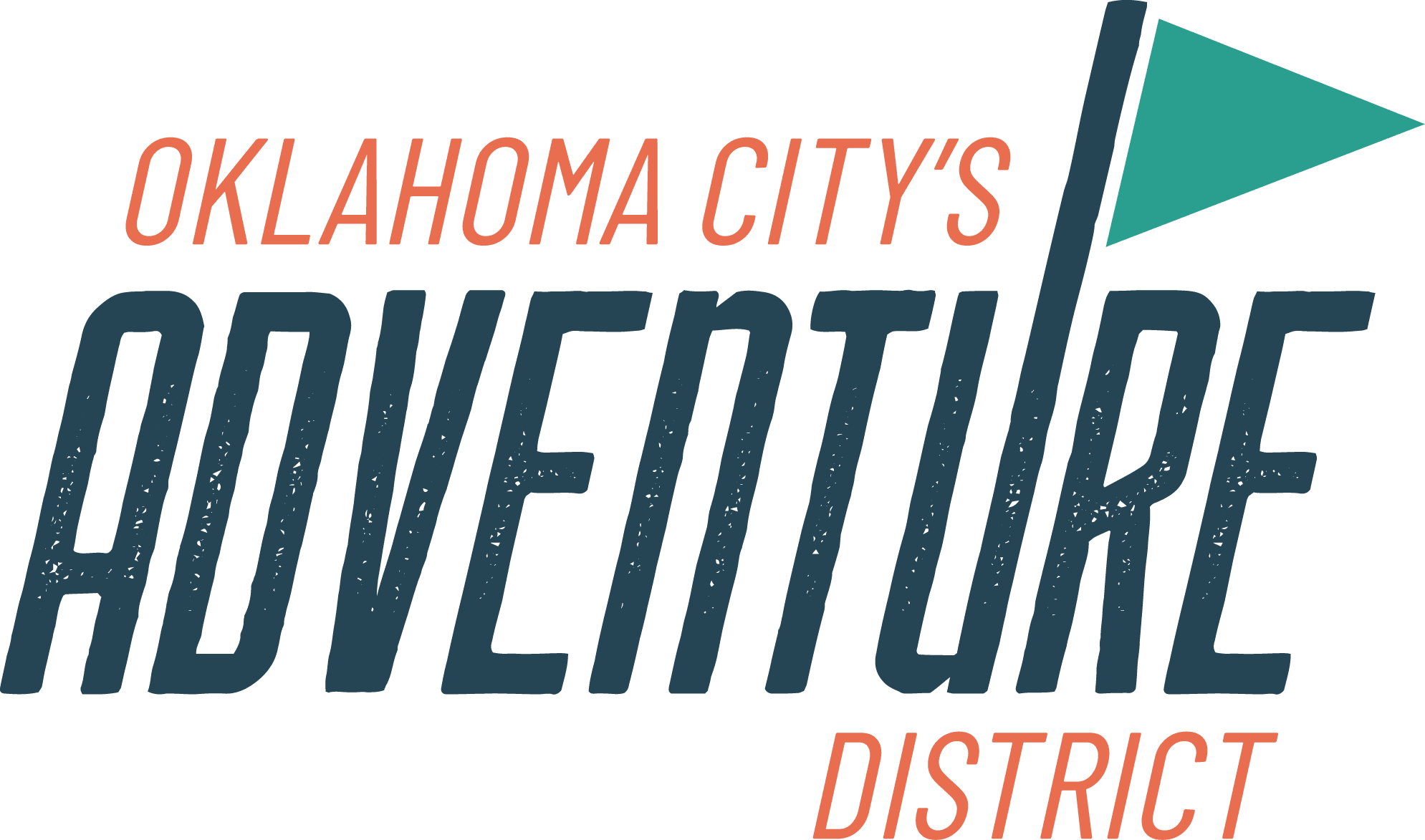Bio
John Smith was born Robert Errol Van Orden in Los Angeles March 6, 1931 to Margaret and Errol Van Orden, who had recently arrived from the distant shores of Hawaii. Of strong Dutch/Irish descent, he was a direct descendant of Peter Stuyvesant. His early years were fraught with tragedy, having lost his older sister to a horrible accident when she was ten (he was six). Four years later his father died unexpectedly, leaving the ten year old and his mother to make it on their own. Through it all, he found peace and respite when he was at the beach or on the ocean fishing. Throughout his life, the sea became his escape and in 1996 after his death and at his request, his ashes were committed to the place he had once said was “the only place I can find complete peace.”
He was raised in a Catholic household, studied his Catechism with fervor, attended mass on a regular basis and was a valued member of the St Agatha Church Boys choir! With a beautiful honey soft singing voice, Robert was often asked to sing solos during mass. It was on Easter Sunday 1944, when he was 13 years old, that he was asked to sing a solo. Robert Mitchell was in attendance that day and marveled at the pitch perfect tonal quality of the young man’s voice. He immediately invited young Van Orden to join the then famous Mitchell Boys Choir. The offer was indeed a huge honor, but along with the privilege of singing and studying with such a master, came a huge commitment. After consulting with his mother, Robert was convinced he was up to the task at hand with practice, music lessons and music theory taking up a good portion of his free time.
14-year-old Robert was thrilled when he learned the entire choir would be appearing in a movie with one of the era’s most renowned musical talents, Bing Crosby. It was that movie that earned the young man his Screen Actor’s Guild card. He was even more thrilled when, after its release in 1944, Going My Way, won an Oscar for Best Motion Picture and for best song! He would later appear in more movies with the Robert Mitchell Choir, including Bells of St. Mary again with Bing Crosby, Bells of Rosarita with Roy Rogers, and the Bishop’s Wife with Cary Grant. Although his appearances were uncredited, he gained the invaluable experience of working in these movies, and earned a coveted Screen Actors Guild card that would eventually launce him into an acting career.
After high school and a summer of travel with a friend, he enrolled at UCLA, where he studied Aeronautical Engineering. The handsome young man with the golden voice engaged in football, baseball, gymnastics and sang with a dance band during those days, but he found the math involved in his chosen major to be difficult and uninteresting, so he dropped out and went to work. A period of frustration followed as he looked for his niche, selling everything from freezers to encyclopedias to no avail. A fun stint of travel and acting ensued, finding him working in theater in El Paso, Houston and Galveston. He finally landed a steady job back in Los Angeles as a mailroom clerk at MGM studios easily moving up to mailroom supervisor.
On one of his daily trips through the studio, a casting director spotted him and casually mentioned the young man would fit perfectly into a spot in the movie, Carbine Williams with Jimmy Stewart. “Too bad you don’t have your SAG card, kid,” the casting director teased. But Bobby Van Orden wasn’t shy and quickly said he had his card from working with the Mitchell choir. He easily landed the non-speaking, uncredited role and can be seen, along with James Arness, as one of Stewart’s brothers. He was on his way to a career in acting.
Success was far from instant, however. Excited about the possibilities of becoming and actor, he quickly began taking acting lessons – on company time. When management found out, he was fired!! He went back to sales, but decided to visit his old friends at MGM. It was then that Henry Willson, a famous and very powerful agent, approached the 6’3” blonde and asked if he was interested in acting. The answer was of course, “YES!”
Willson asked the young man to meet him at Ciro’s, the then famous nightclub in Hollywood on Sunset Strip. John later laughed, recalling that meeting. “I had one white shirt and was driving a old broken down car. I laundered and ironed the shirt, put on a tie and drove to Sunset. I parked the car a few blocks from Ciro’s. I didn’t want anyone to see what I was driving. I walked into the nightclub and met with Henry. I later asked him why he wanted to meet at Ciro’s. His answer was that he wanted to see if I could turn heads. I guess I did, because he immediately signed me.”
It was Henry Willson, the agent so famous for changing simple names to catchy monikers like Rock, Tab and Rory, who suggested the handsome Robert Van Orden change is name to “John Smith!” “There are to many Vans in the business right now,” Willson complained. “You need something simple – all American. An easy name like John Smith will be remembered.” At the official court hearing Van Orden was accompanied by a descendant of Pocahontas. No doubt a publicity stunt perpetrated by the infamous Henry Willson. The name change was granted and so it was that Robert Errol Van Orden became John Smith.
With an agent like Henry Willson, things were bound to happen and in 1953, young John was cast in several roles, including a non-speaking role in the movie, The Affairs of Dobie Gillis, A Ford Theater presentation of “The World is my Oyster,” and in the Loretta Young Show, “Thanksgiving at Beaver Run.” 1954 however, was his breakout year. Besides being seen on TV in the very popular George Burns and Gracie Allen Show, in the Our Miss Brooks episode The Novelist, General Electric Theatre in Rider on a Pale Horse and in a Ford Celebrity Theater presentation of “In the Tryst,” John had been noticed by one of the country’s top box office earners – none other than John Wayne! Wayne’s own Wayne Fellows films was producing the Earnest K. Gann story, The High and the Mighty. John Smith would be cast as the young newlywed, Milo Buck with Karen Sharpe cast as his young wife. Director William Wellman was nothing short of impressed by Smith’s acting ability, and said the young man, “lit up the screen like a Christmas tree.” The newly named John Smith was thrilled when, at the premier, he saw in huge letters “Introducing, John Smith,” roll across the big screen. The High and the Mighty was nominated for 5 Academy Awards, winning one. It was nominated for two Golden Globe awards and won both! It was the sixth highest grossing film in the United States that year!
1955 was even busier for the young actor, who was now making his sole living from his acting. He was cast in major roles in three movies and in a starring role in one film. He stood toe to toe with veteran actors Humphrey Bogart and Aldo Ray in the delightful Christmas comedy, We’re No Angles. He played the son of Civil War activist John Brown (played by veteran actor Raymond Massey), demonstrating his acting ability in a gut-wrenching scene where he defies his father’s wishes and pays with his life. He was cast as one of the Earp brothers with the ever popular, Joel McCrea, in the feature film, Wichita and was put in the starring role of the western, Ghost Town! His TV appearances that year included a stunning performance in the anthology series, Frontier in the episode Paper Gunman, where John demonstrated his versatility in creating a vast array of emotions as a young coward who is accidentally pressed into the role of a ruthless gunman. His transformation on screen is amazing. He also made guest appearances on the ever-popular My Little Margie with Gail Storm, again showing his ability to work in light comedy, and created an interesting character in the anthology, Stories of the Century episode, Sontag & Evans, where he played a young thief. John Smith’s star was rising fast!
1956 was another banner year, with Henry Willson at the helm of John’s contracts. Now considered to be a rising star and a hot commodity with the young ladies, John’s appearance on stage, screen and television was becoming more and more valuable. He had a starring guest appearance as Betty’s love interest in the ever -popular Father Knows Best television series episode Never The Twain, where he played a handsome young wrangler at a dude ranch the family was visiting. He was the special guest on the TV series, The Millionaire, the Lucky Swanson story about a WWII pilot shot down in enemy territory. But more importantly, he did six movies that year with two starring roles. His movies included Desert Sands, The Bold and the Brave, Quincannon Frontier Scout, Women of Pitcairn Island, Hot Rod Girl, Rebel in Town, and Friendly Persuasion (with Gary Cooper). He had star status in Hot Rod Girl and Women of Pitcairn Island, but perhaps his most challenging was the B Western Rebel in Town, where he played the merciless, cold and uncaring son of actor J. Carroll Naish. In the film he creates a cold evil man who is willing to kill his own family to escape vile consequences. He plays the role with a convincing conviction that, for those who knew him, is difficult to watch! Probably the most significant movie that year from a film making standpoint is Friendly Persuasion, the story of a Quaker family opposed to fighting but in the direct path of the advancement of the civil war. Friendly Persuasion was nominated for 6 Academy Awards and four Golden Globe Awards, taking home one Academy Award and one Golden Globe.
1957 found John Smith starring or co- starring in five major movies including Tomahawk Trail (with Chuck Connors), Fury at Showdown, Kettles on Old McDonald’s Farm, The Lawless Eighties and The Crooked Circle. In Fury at Showdown he once again shows his acting versatility by playing the ruthlessly delicious heavy, Miley Sutton, with an evil smile, charming deception and fast gun! The fight scene in Fury at Showdown was known as one of the best fight scenes of its time. In The Kettles on Old McDonald’s Farm he again teams up with Gloria Talbot and goes toe to toe with veteran comedic actress Marjorie Main, once again displaying his natural comedic timing and skill! His starring role in The Lawless Eighties has him teamed up with Buster Crabbe in a B western where John finally gests to demonstrate his signing skills as a frontier preacher! And in The Crooked Circle, John shows off his fit and strong physique along with his acting skills, as a fighter asked to throw a contest in the underground world of the boxing ring. There were numerous television guest-starring appearances including Men of Annapolis episode Ship’s Log, Telephone Time, The Immortal Eye, and the Colt .45 episode, Gallows at Granite Gap.
It should be noted that during this same time period, John was testing for many roles, including that of scout Flint McCullough for the up and coming hour long TV western, Wagon Train. Although the role went to Robert Horton, John came in a strong second and that screen test would lead to significant roles in the future including his co-starring role in the George Montgomery produced TV series, Cimarron City.
Cimarron City was a HUGE step in the right direction for John Smith being billed at the top with George Montgomery and Audrey Totter. At first playing the part of town handy man, then graduating to deputy sheriff and finally to sheriff, John’s popularity and his warm, charismatic personality garnered more and more fans who demanded additional screen time. His portrayal of Lane Temple as a warm yet strong lawman earned him a Best up and Coming Actor Award and launched him into stardom.
The general idea of the series was the stories behind an Oklahoma boomtown during the 1870s – 1880s. A large cast of series regulars would return each week as town citizens, giving the series a real ”home town” flavor. The idea was to alternate leads in various episodes, but, being the executive producer and having all the control, Montgomery reportedly made certain that he had the bulk of appearances. In the episode Blind is the Killer with Robert Fuller guest starring, it is reported that the script was written to feature John’s character, Lane Temple. That makes sense because the back-story fit Lane’s character perfectly. But when Montgomery read the script, he demanded it be written for his own character (the back story wasn’t changed however.) One can only imagine how John would have played the part of a sheriff blinded by an arrogant and vindictive cowboy’s gunshot, and his road to recovery and forgiveness. He would have played it with vulnerability, anger, sympathy and warmth. As it was, the episode was carried by Fuller as the young angry gunman who finally realized what he had done. In my opinion, Montgomery’s performance was flat and cold.
While frustrated by the demands of Montgomery, good things also happened on the set of Cimarron City. First John met his life-long friend, Dan Blocker and in the episode, Twelve Guns, John’s character, Lane Temple, finds himself tied to a log with 20-year-old actress, Luana Patten. Born in 1938, Luana was by this time a seasoned performer, having been under contract with Disney Studios and having had a starring role in the Disney Classics Song of the South at 10 years old and later in So Dear to my Heart and Johnny Termain! The attraction between the Smith and Patten was unmistakable and, after dating for 11 months, on June 4, 1960, John gave up his “most eligible bachelor” status to marry Luana Patten. Their marriage was rocky, and after 4 ½ years, their divorce became final on December 4, 1964. The two however, remained good friends, and in later years the two talked daily on the telephone. John once said, “I have always loved her, I just can’t live with her!”
Partially because the series was ahead of it’s time in some aspects, but I believe mostly because of Montgomery’s handling of the production, Cimarron City was cancelled after the first year. But bigger and better things were on the horizon for John Smith. He was offered another television series, Laramie – this time as the starring role in a series about a young rancher and his brother trying to make it in the wilds of Wyoming. John was originally cast to play the rebellious young drifter who happens by the ranch and ends up staying. Fate would have his role changed to play, Slim Sherman, the owner of the ranch with Robert Fuller playing the role of the drifter, Jess Harper. The fit was perfect and many would say magical. Smith and Fuller fit into their roles as if they were made for them. John’s character was the smart, reasoning, sometimes hard-nosed owner, who had to make difficult decisions. He was strong yet softhearted and kind to a fault. Fuller’s character was angry, brooding and quick tempered – all traits that were balanced by Slim’s good nature and strong character. Their common trait of doing what was right drew them together and there they stayed for the 4-year run of the series, becoming close friends in the real world of Hollywood.
It was during his run on Laramie, that John started his own production company, Karma Productions. It was slated to begin it’s first shooting of a western that was to star both John and Luana, when their marriage was breaking up. Unfortunately, in order to fulfill the financial obligations of the divorce, John was forced to sell all the assets of Karma. Luana also got the house on Mulholland Drive.
After Laramie, John was offered another series where he would play a co starring role as a detective (my apologies for not remembering the name of the series.) He later said turning that series down was one of the biggest career mistakes he ever made. But all was not lost as a HUGE opportunity was looming on the horizon. John was offered a co starring role in what was to be a John Wayne Block Buster film, Circus World. Wayne had requested personally, that John Smith be cast as the young romantic lead opposite Claudia Cardanile. Smith was to immediately fly to Spain where the majority of the shooting would take place. It looked like “movie star status” was easily within his reach!

